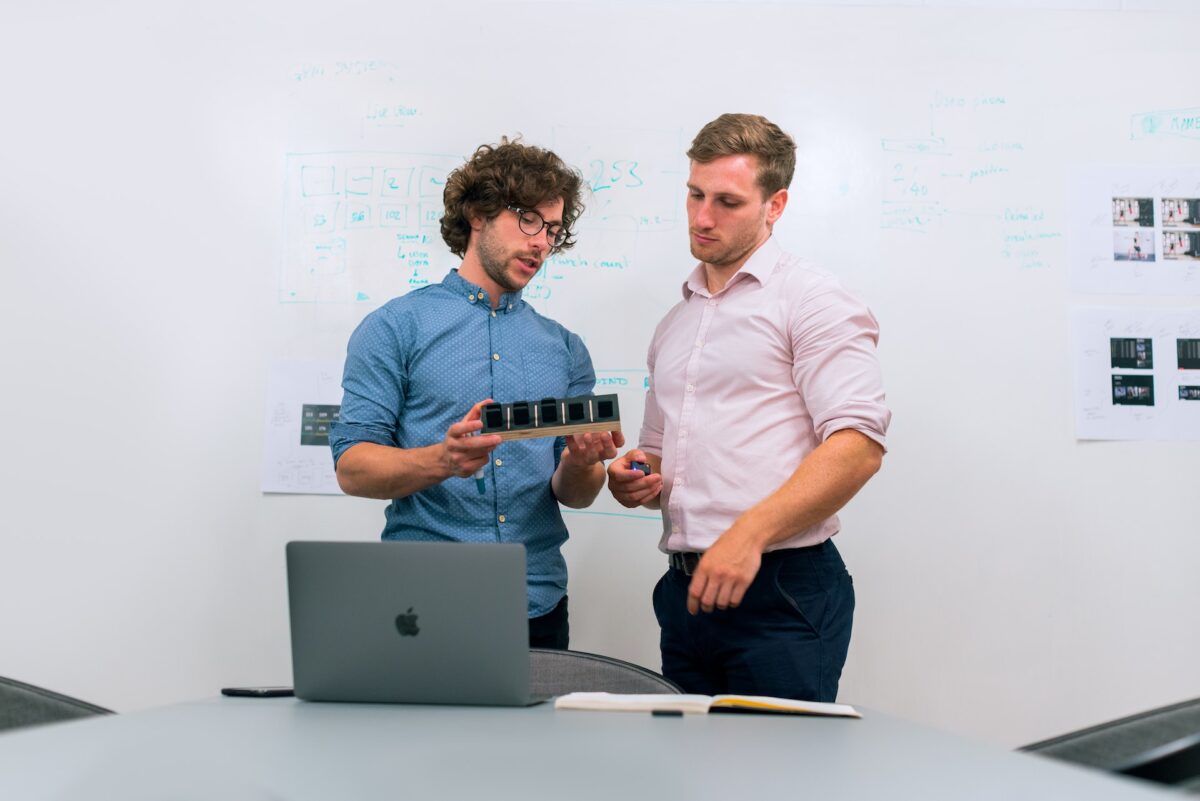What is Product Development?
Product development refers to the entire process of bringing a new product to market, from idea generation to market launch. It involves not only creating the product but also testing, refining, and ensuring it meets the needs and expectations of its target audience. Successful product development requires collaboration across multiple teams, including research, marketing, design, and engineering.
A well-executed product development process can be a key driver of growth for businesses, allowing them to innovate, enter new markets, and stay competitive.
Importance of Product Development
Product development is essential for companies to stay competitive and meet changing customer needs. Key benefits include:
- Market Differentiation: A well-developed product can set your business apart from competitors by offering unique features or solving specific problems.
- Increased Revenue: Introducing new or improved products can open new revenue streams and attract different customer segments.
- Customer Satisfaction: Tailoring products to meet customer expectations increases satisfaction and loyalty, leading to long-term business success.
Stages of the Product Development Process
The product development process typically follows these stages:
1. Idea Generation
The process starts with brainstorming and gathering ideas from various sources like market research, customer feedback, and internal teams. Innovation is key at this stage to ensure fresh, viable concepts are proposed.
2. Screening and Evaluation
Ideas are evaluated based on factors like market demand, feasibility, and alignment with the company’s goals. This helps filter out impractical or non-profitable concepts early in the process.
3. Concept Development
The selected ideas are expanded into detailed concepts. This includes defining the target market, product positioning, and key features. Prototyping or sketches might also be part of this stage.
4. Market Research and Testing
Conduct focus groups, surveys, or beta tests to gather feedback on the product concept. This stage is crucial for validating the product idea before investing heavily in production.
5. Product Design and Development
Once the concept is validated, the actual design and development begin. This stage involves working on the technical aspects, building prototypes, and refining the design.
6. Testing and Validation
The product undergoes rigorous testing to ensure it meets all functional and quality standards. Feedback is gathered from test users, and any necessary adjustments are made.
7. Market Launch
After testing and fine-tuning, the product is launched into the market. Marketing campaigns, distribution strategies, and post-launch feedback are all part of this final stage.
Product Development Strategy
A solid product development strategy aligns your company’s goals with the needs of the market, ensuring that the product addresses real customer pain points while providing a competitive advantage. Key components of a strong strategy include:
- Customer-Centric Focus: Understanding the needs and behaviors of your target customers is essential. Conducting thorough market research and keeping an open line of communication with customers will ensure that your product is built for success.
- Innovation and Differentiation: To stand out in a crowded marketplace, your product must offer something unique. Whether it’s a breakthrough feature or a more efficient solution to an existing problem, innovation should be at the core of your strategy.
- Agility and Flexibility: The ability to pivot quickly in response to market changes or customer feedback is crucial in modern product development. An agile approach allows teams to make adjustments without derailing the overall timeline.
- Cross-Functional Collaboration: Successful product development requires input from multiple departments, including marketing, sales, and engineering. A collaborative approach ensures that every aspect of the product, from design to launch, is optimized.
- Lifecycle Management: A product’s journey doesn’t end at launch. A sound strategy will also consider the product lifecycle—how to keep it competitive through updates, expansions, and end-of-life planning.
Examples of Successful Product Development
Several companies have achieved success through their innovative product development strategies:
1. Apple iPhone
Apple’s iPhone development is a textbook example of innovation-driven product development. The company continuously iterates on the original concept, keeping customers engaged with regular updates, new features, and refinements.
2. Tesla Model 3
Tesla’s electric vehicles exemplify the power of a visionary product development strategy. Tesla listened to consumer demand for sustainable transportation, developing the Model 3 to offer electric vehicles at a more accessible price point.
3. Amazon Alexa
Amazon introduced the Echo and Alexa devices by predicting the future of voice-activated technology. Through continuous feedback and product iterations, Amazon has created a dominant presence in the smart home market.
Challenges in Product Development
The product development process can be complex and comes with its own set of challenges:
- Market Uncertainty: Understanding what the market truly needs can be difficult, and product failure may result if misinterpretations occur.
- Resource Allocation: Effective product development requires investment in time, talent, and financial resources. Companies must allocate these resources wisely to avoid cost overruns.
- Rapid Technological Changes: With industries evolving quickly, companies must keep pace with technology and incorporate it into their products. Delays in development could mean launching a product that is already outdated.
Effective product development is at the heart of innovation. By following a structured process and implementing a customer-centric product development strategy, companies can deliver high-value products that not only meet but exceed market expectations. Staying agile and innovative is key to remaining competitive in today’s fast-paced market.
Most Recent Posts
Explore the latest innovation insights and trends with our recent blog posts.













